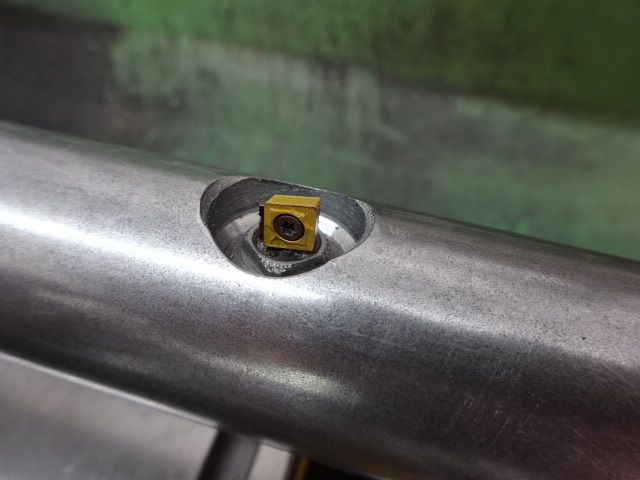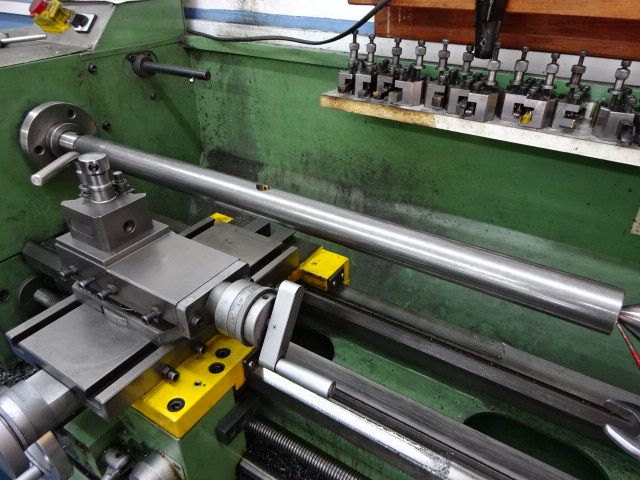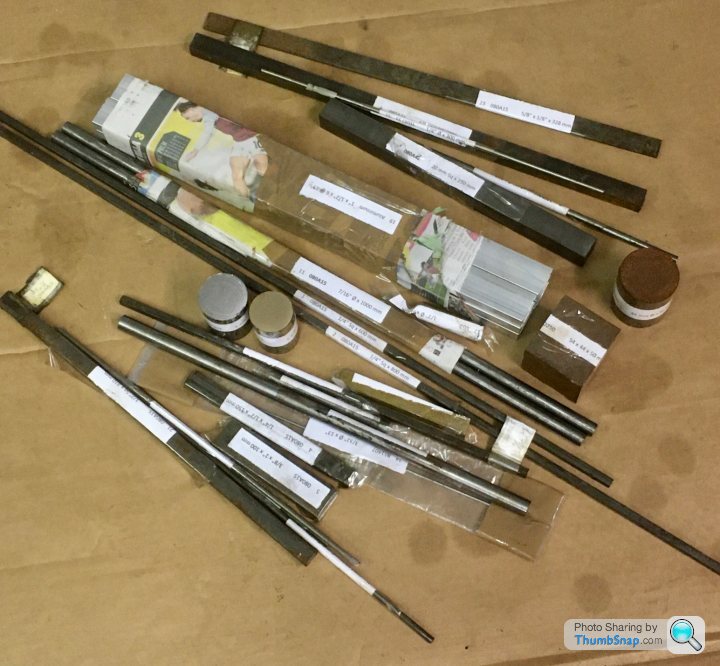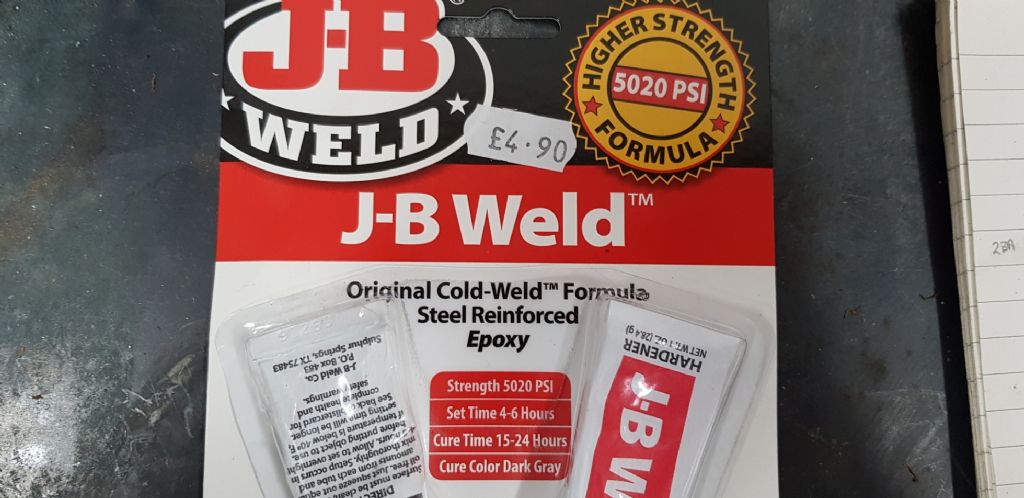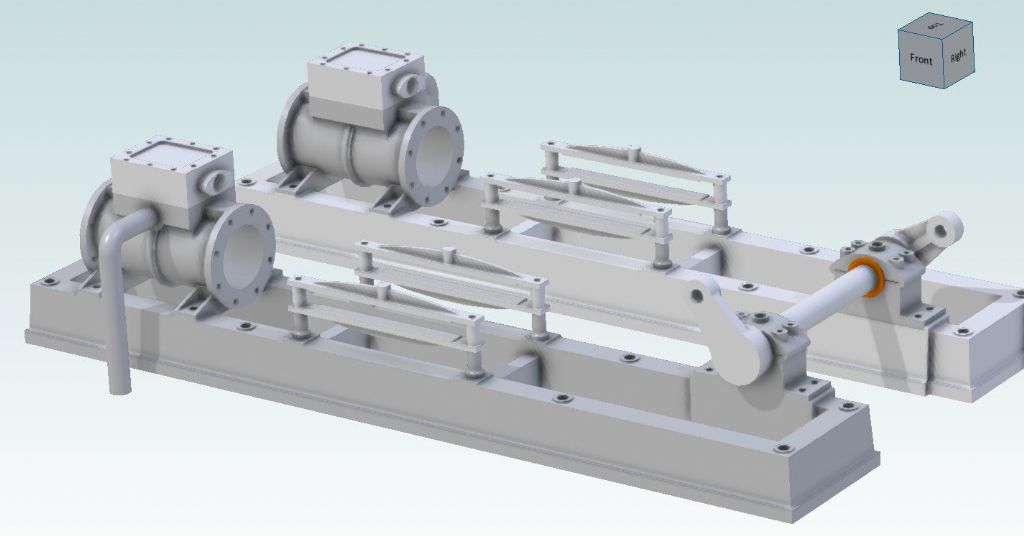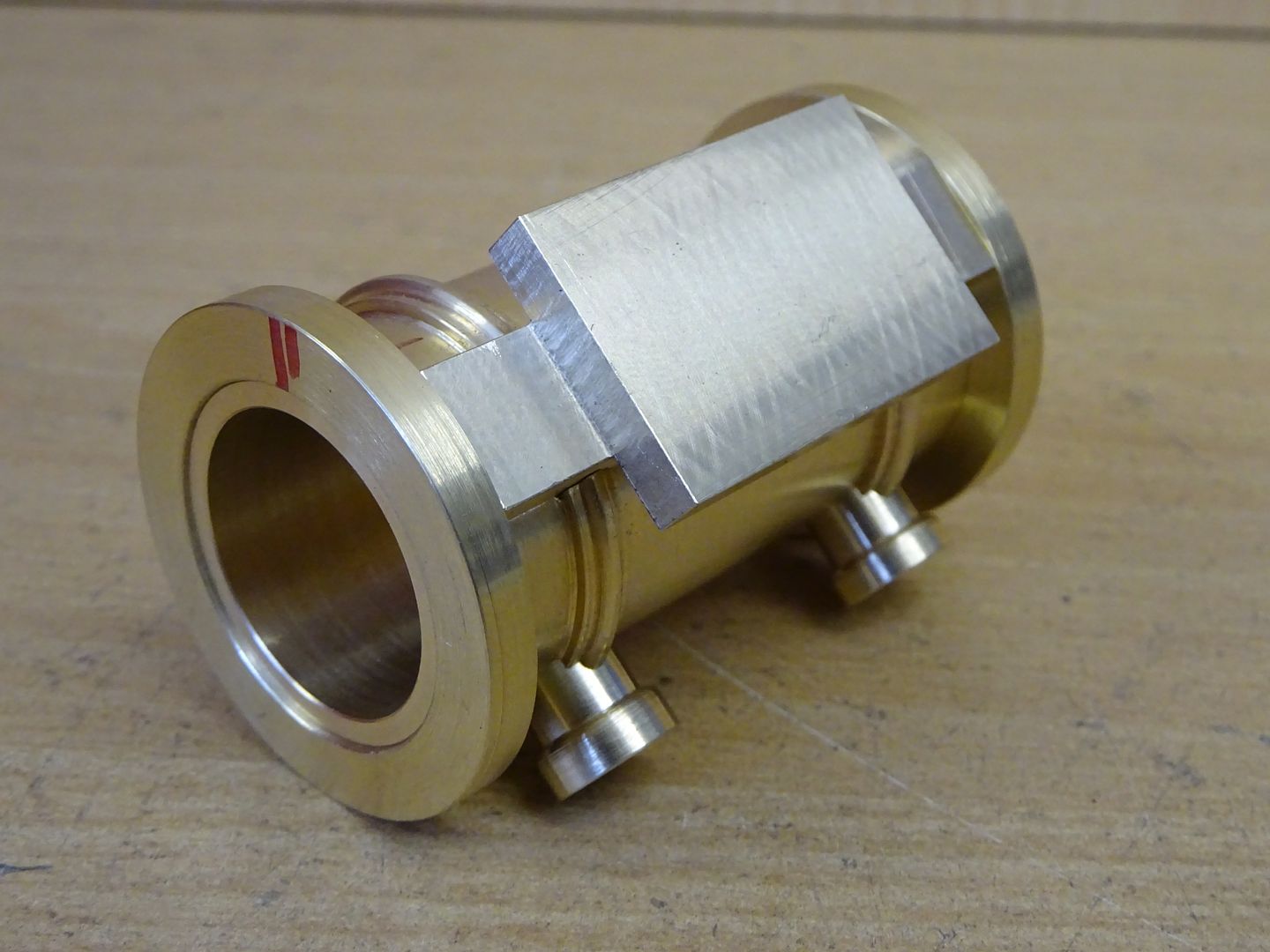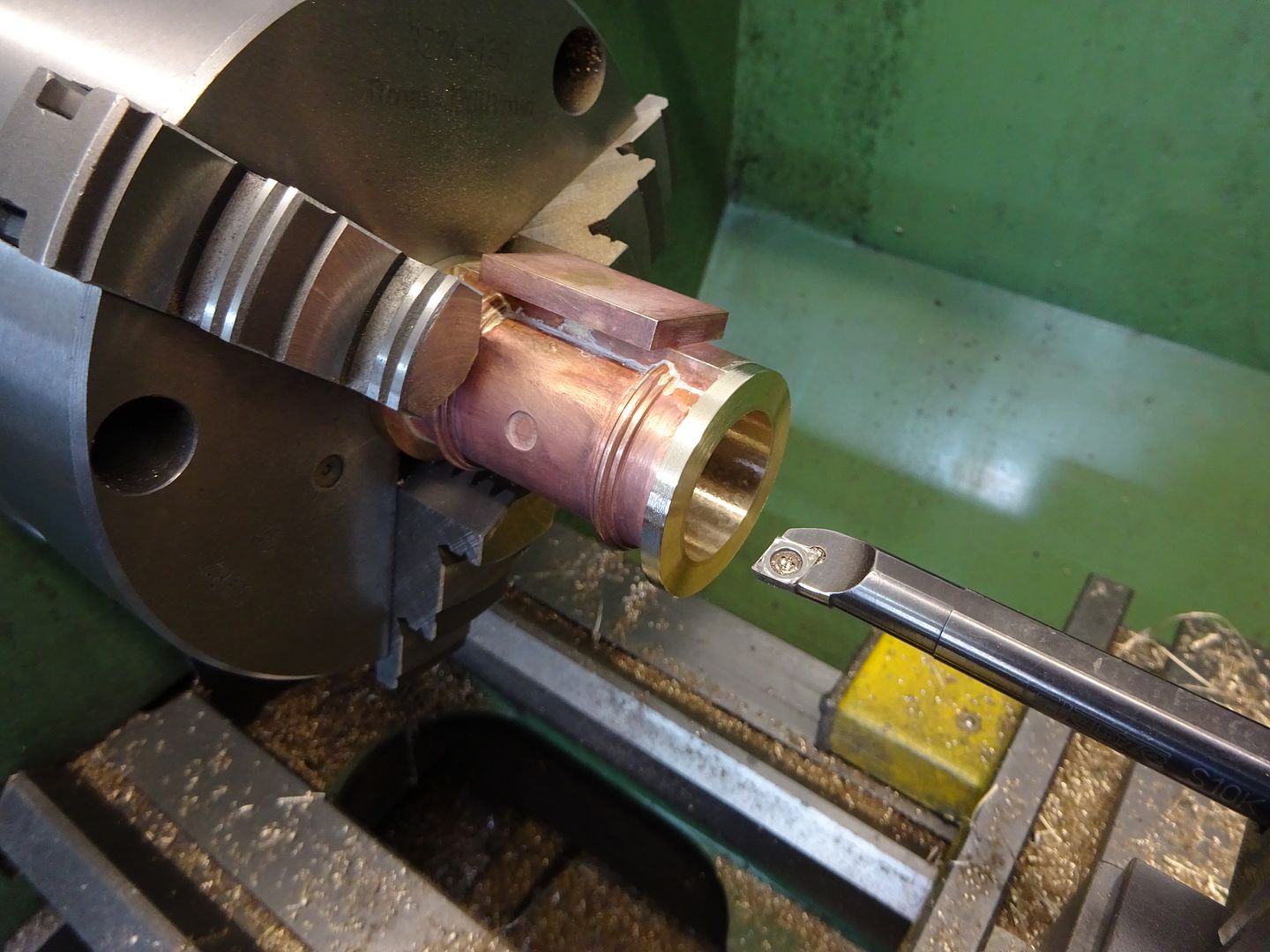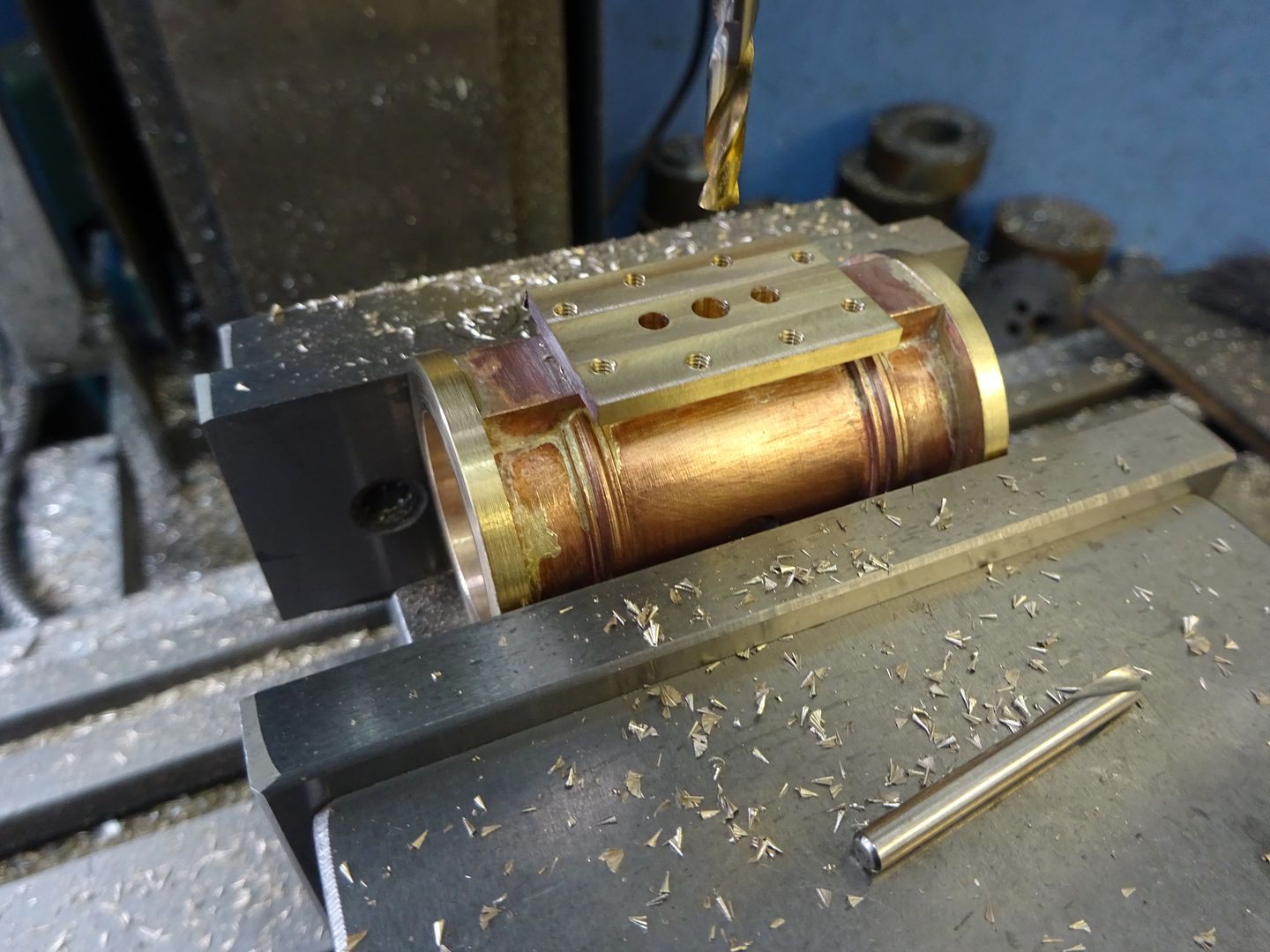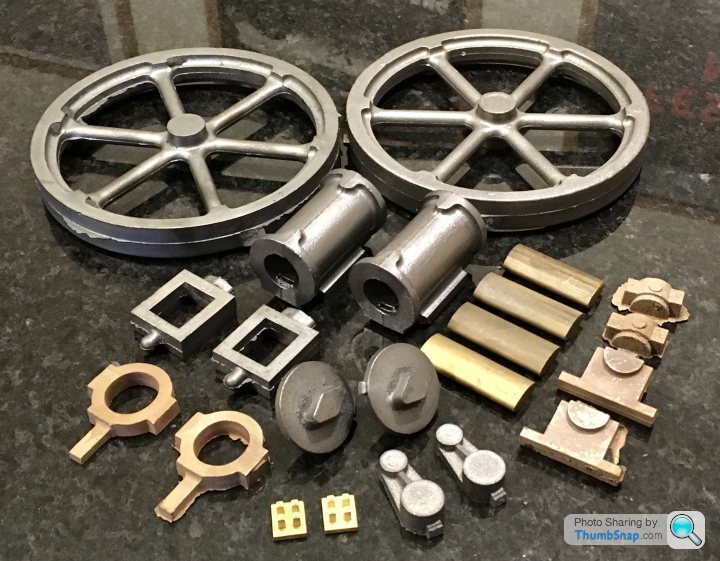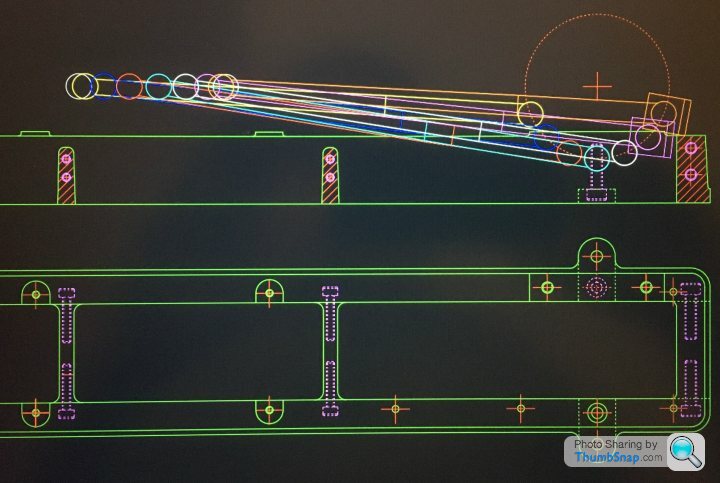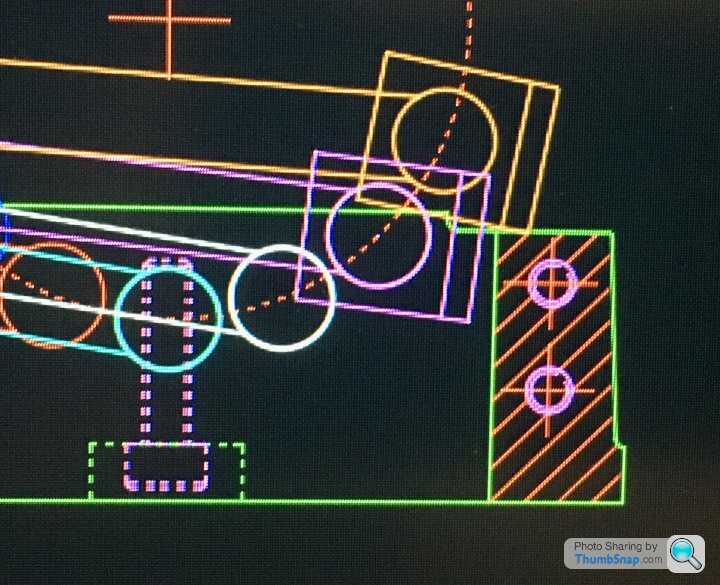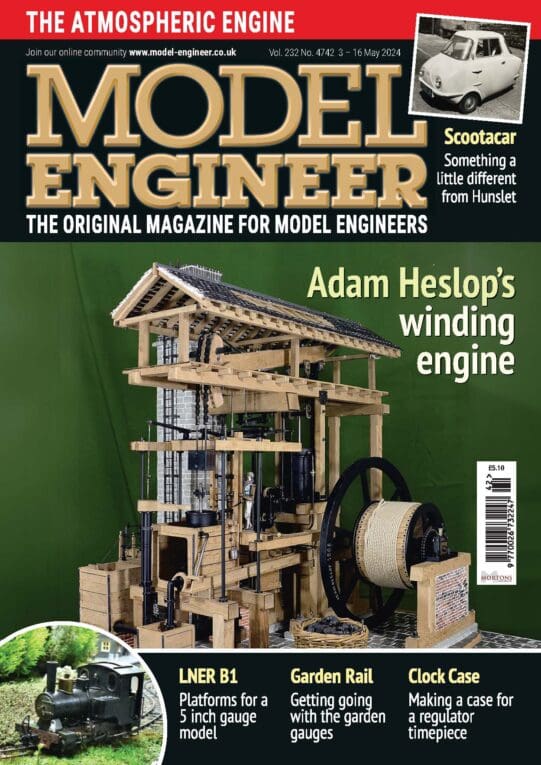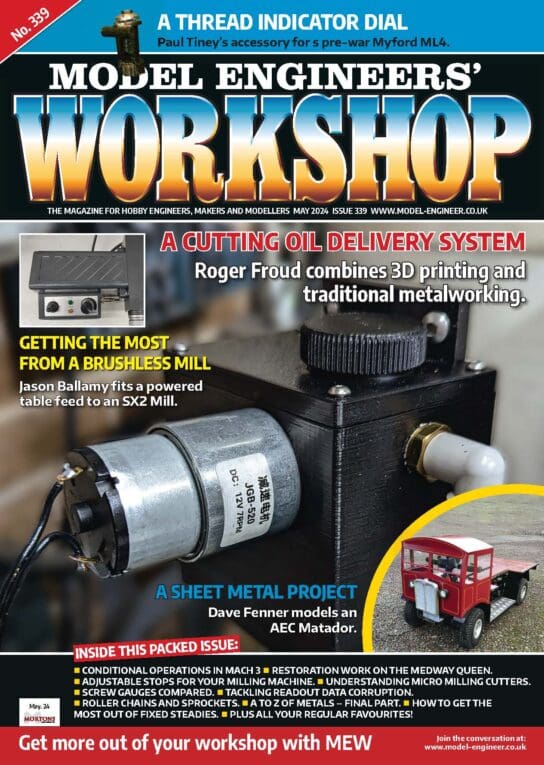Posted by Dr_GMJN on 11/11/2020 21:50:29:
Thanks Ramon, I’ll fully digest all that later.
What I’m trying to do is get some options together and go with the one(s) I feel most comfortable with. I stuck the 10V cylinder in a chuck and bored it out, simple! I know a between centres approach is probably better for these longer cylinders, so I’ll go with that despite it being totally new to me. I suppose fear of the unknown, and potentially scrapping a casting. Having said that, one of the 10V Cylinder faces was a bit out of true, so even that wasn’t so easy!
Boring the cylinder first makes sense. I can put a mandrel in it and use that to get the axis, and offset from that vertically and horizontally for subsequent operations on the valve face and feet. I guess for the initial boring operation I could sit the casting on the cleaned-up valve face?
Thanks for the kind offer of the tools. I do have some scrap milling cutters from my first attempts at milling earlier this year! Thanks anyway – I’ll see how I get on.
You are at what I was faced with 45years ago – early days, so much to learn, so much to take in. The major difference of course was that the only way I could get help was via a monthly model club meeting – I well remember going from person to person asking if anyone could help me with trying to cut a thread on silver steel – each in turn referring me to someone else. Finally I gave up getting nowhere and struggled on with this most trying of machining but it would be quite a few years before I realised that the persons concerned probably didn't actually know anyway.
I became so enarmoured with machining I gave up a lucrative offshore career and retrained as a milling machinist. From that point on I until I retired I worked in three 'jobbing' shops and one in a factory environment, building up and running a machine shop. In all that time I never, save one item, machined anything that I couldn't lift on the machine myself. Every day was different in the jobbing shops and as you can imagine it was a steep learning curve – time is money and mistakes highly unpopular.
I say this because I have seen both sides of the fence – first as a rank amateur and second as having to earn a living. I have not forgotten how difficult it is to find your way in the early stages of ME hence my interest in helping those in similar circumstances but there are always many many ways of going about something – some good some not so – but the choice of how is very much down to the individual.
So, with regards to the cylinder – if the bore goes in first then yes you do need a good datum face and yes the ideal one is usually the valve face. (that face should not be taken down to finished dimension at this stage – merely cleaned up flat) Once that bore is finalised then all other faces are brought to it ideally by holding on a close fitting mandrel (not like the cylinder in the first link where it can sit slightly off set). It's far easier to check these faces to the bore and have time to make allowances if not quite right than by finding your bore is out to them if machined first and the only way it can be rectified is by making it larger, possibly having to sleeve it.
Expanding mandrels are very easy to make – they can be held in a chuck but if the back face is faced first and drilled and tapped it can then be bolted square to an angle plate if transfering to the mill is required and you don't have a means to support the chuck eg dividing head.
The discarded cutters I have all have 6mm or 1/4 inch shanks – offer's still open if they suit your purpose
Regards – Ramon
Edited By Ramon Wilson on 11/11/2020 23:21:44
Dr_GMJN.


